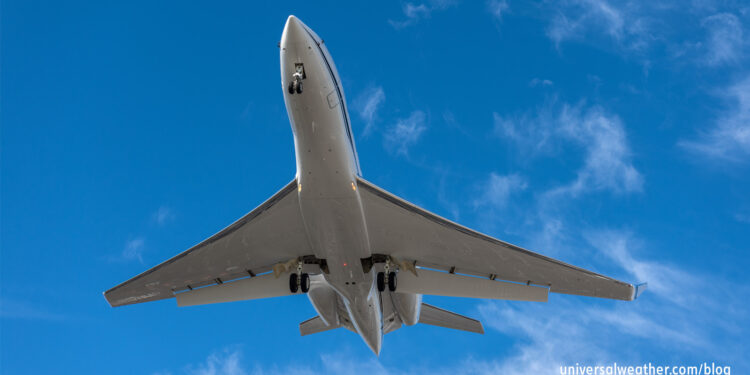Stage 2 Aircraft Operations – Part 1: Rules & Limitations

This is part one of a two-article series on Stage 2 operations.
Stage 2 aircraft face operating limitations/restrictions in many parts of the world. It’s important, therefore, for operators of Stage 2 aircraft to make themselves aware of all applicable noise restrictions early in the trip planning phase.
The following is an overview of what you need to know:
1. Noise categories determined by ICAO
The International Civil Aviation Organization (ICAO) determines aircraft noise categories, which include Stage 1 through Stage 4. ICAO Annex 16, or the closely related Federal Aviation Administration Code of Federal Regulations Part 36, puts jets into noise categories based on landing, sideline, and takeoff noise measurements.
2. General Stage 2 operating issues
There are fewer and fewer Stage 2 aircraft operating these days, and this is partly due to noise restrictions applied when traveling internationally. Stage 2 general aviation aircraft are typically older models – including Gulfstream IIs and IIIs, 20 series Learjets, and executive-configured Boeing 727s. While some of these aircraft have been retrofitted/hush-kitted to Stage 3, they’re still in some cases louder than many airports will accept and may require special waivers. Additionally, many older Stage 2 aircraft do not have latest avionics capabilities – such as ADS-B and TCAS II – and this further restricts some international movements.
3. Where Stage 2 limitations apply
Stage 2 operating limitations are virtually nonexistent throughout Latin America, the Caribbean, Africa, China, the Middle East, Russia, and Southeast Asia. You will, however, run into noise-based limitations in most of the European Union and Australia, along with Japan and Israel. The US is planning on phasing out Stage 2 operations by December 31, 2015. At that point all aircraft operating to/within the US will likely need to meet Stage 3 noise standards.
4. Examples of operating restrictions
Airports with Stage 2 operating restrictions include Frankfurt (EDDF), Farnborough (EGLF), Melbourne (YMEN), Tokyo Narita (RJAA), Tokyo Haneda (RJTT), Sydney (YSSY), Zurich (LSZH), and Tel-Aviv (LLBG). In the past Hong Kong (VHHH) allowed Stage 2 operations during the day, but this has since been blocked. At some locations Stage 2 operations are permitted, subject to curfews and additional costs. Hamburg (EDDH) allows Stage 2 ops 0700-2100 local for arrivals and 0700-2000 local (while Stage 3 may operate till 2300 local). Basel (LFSB) does not permit Stage 2 operations unless you’re coming in for aircraft maintenance with special approval. At Delhi (VIDP) Stage 2 ops are barred 2200-0600 local. Both London Stansted (EGSS) and London Luton (EGGW) apply financial penalties for aircraft exceeding certain decibel levels.
5. Noise certificate requirements
Certain airports/countries request copies of noise certificates prior to issuing landing permits. For example Turkey requires a noise certificate for both overflight and landing permits. It’s important to know exactly what’s required in terms of mandated noise certificates. Some locations accept generic noise information, from your aircraft manual, while others want an original equipment manufacturer noise certificate tied to your aircraft serial number (not tail number).
6. “Unique” noise requirements at some locations
Certain airports – such as Adelaide (YPAD) – keep a list of aircraft models that are permitted to operate during curfew periods. These lists, however, are often not up to date. For example at YPAD you may operate a Gulfstream G450 during noise curfew, hours but not a G550 or G650.
Closing thoughts
If your aircraft is within Stage 2 guidelines, there are airports/alternates that you will not be able to use. You may even face restrictions in overflying certain countries. As always, make sure you do your research and plan in advance of a trip.
Questions?
If you have any questions about this article or require assistance with planning your next trip, contact me at larrywilliams@univ-wea.com.
Later we’ll discuss operating information for Stage 2 operations.



